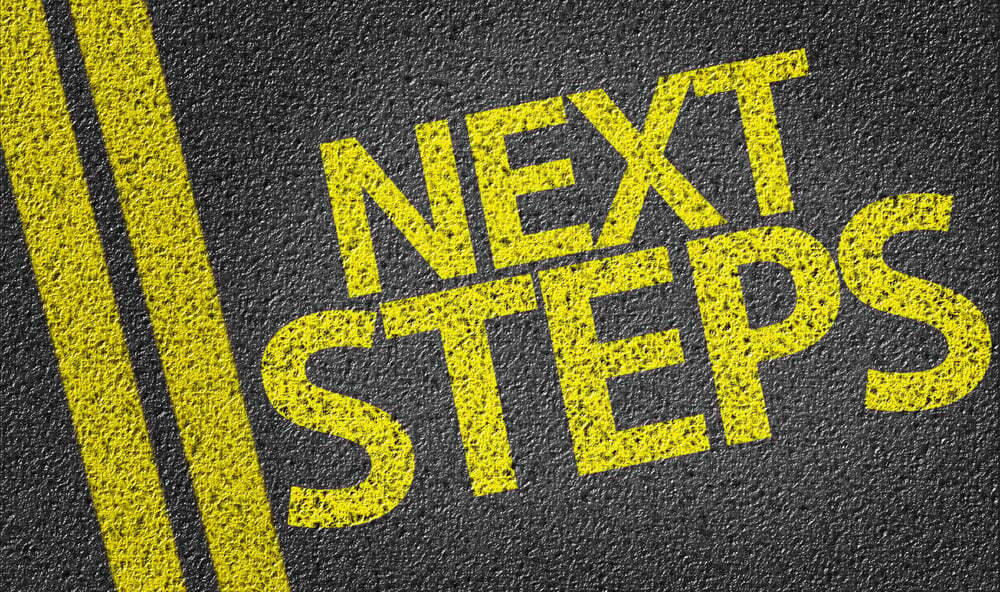
What could a post-COVID Learning & Development strategy look like?
This article looks at the exciting development of L&D (Learning and Development) post-pandemic, the challenge L&D professionals now face, and a possible solution.
The landscape of L&D has shifted fast since the start of our Covid era.
With lightning speed, L&D has launched from the periphery of HR right into the centre of core business strategy. As Linkedin's recent 2022 Workplace Learning Report puts it :
In their research they found demand for L&D specialists increased by 94% in July – September 2021, compared with April – June 2021. This is a colossal jump, never seen before in the L&D sector.
But why now?
Senior Management teams are searching for keys to transform the Great Resignation/Reshuffle into the Great Retention.
Like all mass trends, there is a combination of factors to consider, but the L&D sector is now being viewed as a core part of the solution. Senior Teams are recognising that L&D is not just an arm of HR but an invaluable part of their business strategy, as they look to attract, maintain, and develop the right people for the right positions in a transformed environment.
A place has been laid at the senior table.
L&D pros have been handed the mic to speak to business strategy with intelligent insights from a fresh perspective. Those at the helm are waiting to hear what they have to say.
With this place at the senior table, the pressure is on for L&D pros to have plans for mass employee mobility and upskilling, and to link these to improved business performance in a changed working landscape.
No one is going to claim this is easy, but it is a creative challenge that could see answers emerging for important topics too long viewed just as 'HR issues' – employee engagement, mobility, satisfaction, diversity – topics now increasingly considered by senior management as vital to business strategy and performance where once they may have been in the background.
The challenge: How to speak the 'language' of senior management.
As experts in people, L&D pros know that learning and development lives in a world where primarily qualitative experiences have to be translated into quantifiable outcomes. This is not easy and the pathway to demonstrating the business impact of programs is not always clear. Transforming success stories, which tend to be more personal and anecdotal, into impact metrics is a challenge.
But it is precisely such quantifiable metrics that senior teams want to gauge impact in their business objectives and contribute insights to business strategy.
The 2022 Linkedin Workplace Learning Report identifies one place to turn for a solution:
"Challenges like upskilling an entire workforce can't be solved with a single class — not even a really good one. This means moving beyond feedback forms and course counts. It means working collaboratively with cross-functional partners to understand the organizational impact, not just the classroom experience."
Working cross-functionally to demonstrate business impact
Cross-functional collaboration between partners that tracks employee development more personally and ties it to business performance on a macro scale could produce a new employee journey map that forefronts wellbeing, diversity, mobility, satisfaction, and upskilling and demonstrates quantifiable results that speak volumes at the senior table.
Let's look, for example, at psychometric profiling. Often utilised as a recruitment tool, then left on the shelf for the next recruitment drive, it risks being overlooked in favour of 'new' tools or ideas when in fact it's right there in the L&Ds arsenal already. The full potential of such tools is far wider reaching than often understood. Psychometric data, when gathered by an intelligent psychometric consultancy, can work cross-functionally for different teams.
When not used to box people into one inflexible psychometric profile (i.e., giving people one number or combination of letters as a fixed profile) it can be used to speak to:
- Diversity, equity and inclusion – applying to any age, ethnicity or background; valuing everyone as equals and challenging stereotypes of one profile over another.
- Employee engagement – giving insights into how each team member is motivated and prefers to operate. Giving evidence to help shape motivation strategies and communication channels to help employees feel heard.
- Talent management/development – revealing strengths and possible development areas with actionable outcomes that can be tracked and coached by success coaches/mentors/managers.
- Executive leadership/C-suite – revealing strengths and possible vulnerabilities of senior team configurations; applicable to both recruitment of senior team members and development of existing members to cover all bases needed for a resilient team.
- Talent acquisition – identifying not only the preferred working style of your potential hire but the areas they can flex into and operate in when needed, and also where not to push them to operate.
- People analytics – providing a fresh metric to add to your analytics, with visual representations of where your employees operate on 'good days' at the top of their game, how this changes when under stress, and what impact this is having on business performance on an organisational level.
Psychometric profiling is designed to turn qualitative experiences of employee preferences and needs into quantifiable metrics that help shape an organisations' operating culture to both improve health and wellbeing and speak to business strategy.
It's somewhat going to depend on what psychometric tool you use as to how many of these it can speak to. If you want to see how C-me Profiling is achieving this, then see how you can contact us here.
Summary
Overall, whatever tool you use you want it to be capable of answering questions like:
- Have our L&D programs impacted how our employees are operating in their roles? Are employees working in their strengths?
- Is there anyone/team stuck operating in their weaker areas? Who else can we bring in to help them? Or what coaching does this individual/team need?
- Has our L&D programs affected how our people are operating in their teams? What strengths are they now bringing to their team? Where could the team still develop?
- Have our L&D programs impacted how our whole organisation is operating? What strengths have we gained as an organisation? What possible vulnerabilities have emerged? How is our business strategy addressing this?
To learn more about our behavioural psychometric tests and how our client L&D teams have benefited from them, book a demo with us.




